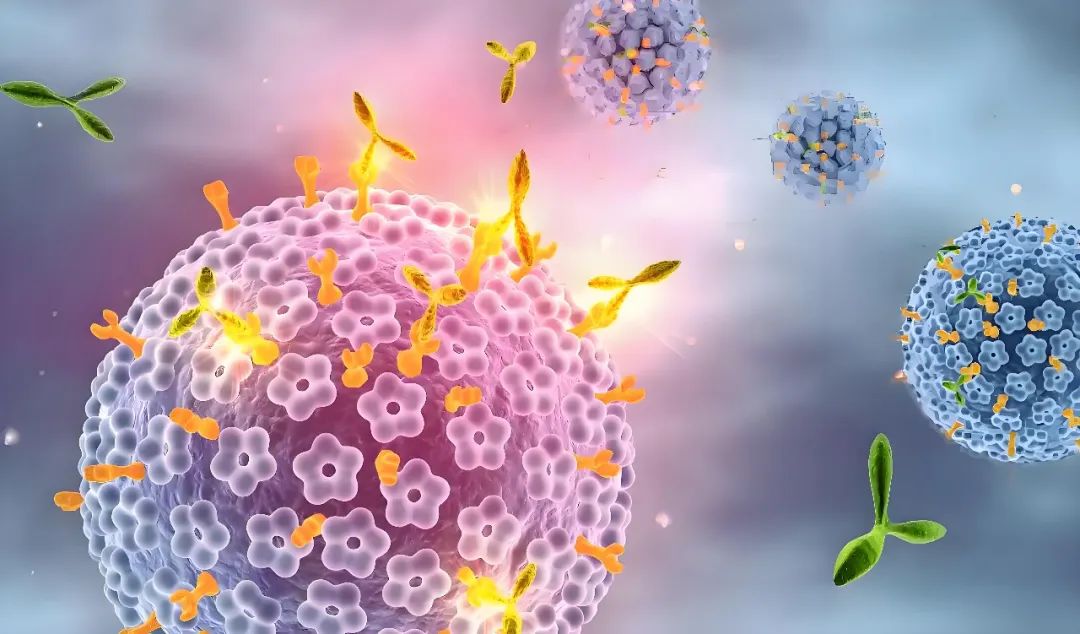New molecular mechanism! Kungong medical college: an important therapeutic target of new cancer treatment strategy
Original transfer network transformation medical network

[Introduction] Cancer-associated fibroblasts (CAFs) are the key components of tumor microenvironment (TME) and play an important role in regulating cancer progression. However, the underlying mechanism of CAFs activation is still unclear.
On April 8, researchers from the Medical College of Kunming University of Science and Technology published a research paper in the journal Cell Death Discovery, entitled "CXC L12 Alone is enough to reprogram normal fibers into cancer-associated fibers". In this study, the researchers found that cancer-associated fibroblasts (CAFs) significantly induced normal fibroblasts (NFs) to acquire the characteristics of CAFs (called CAFs-like fibroblasts, referred to as CEFs for short), including up-regulating α-SMA and vimentin, enhancing the ability of proliferation and migration, and improving the ability of promoting the migration of lung cancer cells. In vivo, CEFs accelerated the growth of A549 xenograft and induced spontaneous lung metastasis. In particular, inhibition of CXCL12 signaling pathway and STAT3 pathway can reduce the transformation from NFs to CAFs, thus inhibiting the progress of lung cancer in vitro and in vivo. This study revealed that CAFs can promote the transformation of NFs into CAFs-like cells through CXCL12/STAT3 axis, and enhance the growth and metastasis of lung cancer. Therefore, inhibiting CXCL12/STAT3 axis is a promising strategy for the treatment of lung cancer and other CXCL12-dependent malignant tumors.

https://www.nature.com/articles/s41420-025-02420-0#Abs1
Research background
01
Cancer-associated fibroblasts (CAFs) are the main components of tumor microenvironment (TME), which promote tumor proliferation, migration, invasion, epithelial-mesenchymal transition (EMT) and drug resistance by secreting growth factors, cytokines and extracellular vesicles, thus promoting tumor development. CAFs is a large number of fibroblasts with α -smooth muscle actin (α-SMA) positive and activated myofibroblast phenotype. Different from normal fibroblasts (NFs), CAFs has stronger abilities of proliferation, migration and contraction. It is generally believed that CAFs mainly comes from NFs where organizations reside, but the mechanism of transforming NFs into CAFs is still controversial.
More and more evidences show that cancer-associated fibroblasts (CAFs) can be activated by signals from tumor cells and matrix environment, which provides a unique insight into the complex interaction in tumor ecosystem. Researchers found that the hardness of extracellular matrix (ECM) can induce mesenchymal stem cells (MSCs) to differentiate into CAFs, thus promoting the invasion and metastasis of triple negative breast cancer (TNBC). In addition, in gastric cancer, CAFs can also "educate" NFs to promote cancer cell proliferation and T cell inhibition. However, the exact mechanism that drives CAFs activation is still largely unknown. Therefore, detailed research is needed to clarify the molecular mechanism of cancer-related fibroblast activation, so as to open up a new anti-matrix therapy approach.
CAFs promotes the transformation from NFs to CAFs in lung cancer.
02
In order to explore the clinical effect of tumor-associated fibroblasts (CAFs) in the process of transforming normal fibroblasts (NFs) into CAFs in lung cancer, the researchers isolated pairs of CAFs and NFs from tumor tissues or corresponding non-malignant tissues adjacent to tumors of several lung cancer patients. CAFs specifically shows highly expressed vimentin and FAP (known CAFs markers), and its ability to promote the migration of lung cancer cells is stronger than that of NFs from adjacent tissues. Then, NFs was treated with CAFs conditioned medium (CM), and then the characteristics of CAFs were analyzed. The levels of CAF markers α-SMA and vimentin expressed in NFs after CAFs CM education increased significantly. These results indicate that CAFs may be helpful to endow NFs CAFs with specific characteristics.

CAFs induces NFs to acquire CAFs characteristics in lung cancer
conclusion
03
To sum up, this study expounds a new molecular mechanism that the interaction between NFs and CAFs promotes the metastasis of cancer cells. CXCL12/ STAT3 pathway is a key participant in NFs-to-CAFs transition, which provides a key therapeutic target for developing new cancer treatment methods.
References:
https://www.nature.com/articles/s41420-025-02420-0#Abs1
Original title: "New Molecular Mechanism! Kungong medical college: an important therapeutic target of new cancer treatment strategy
Read the original text